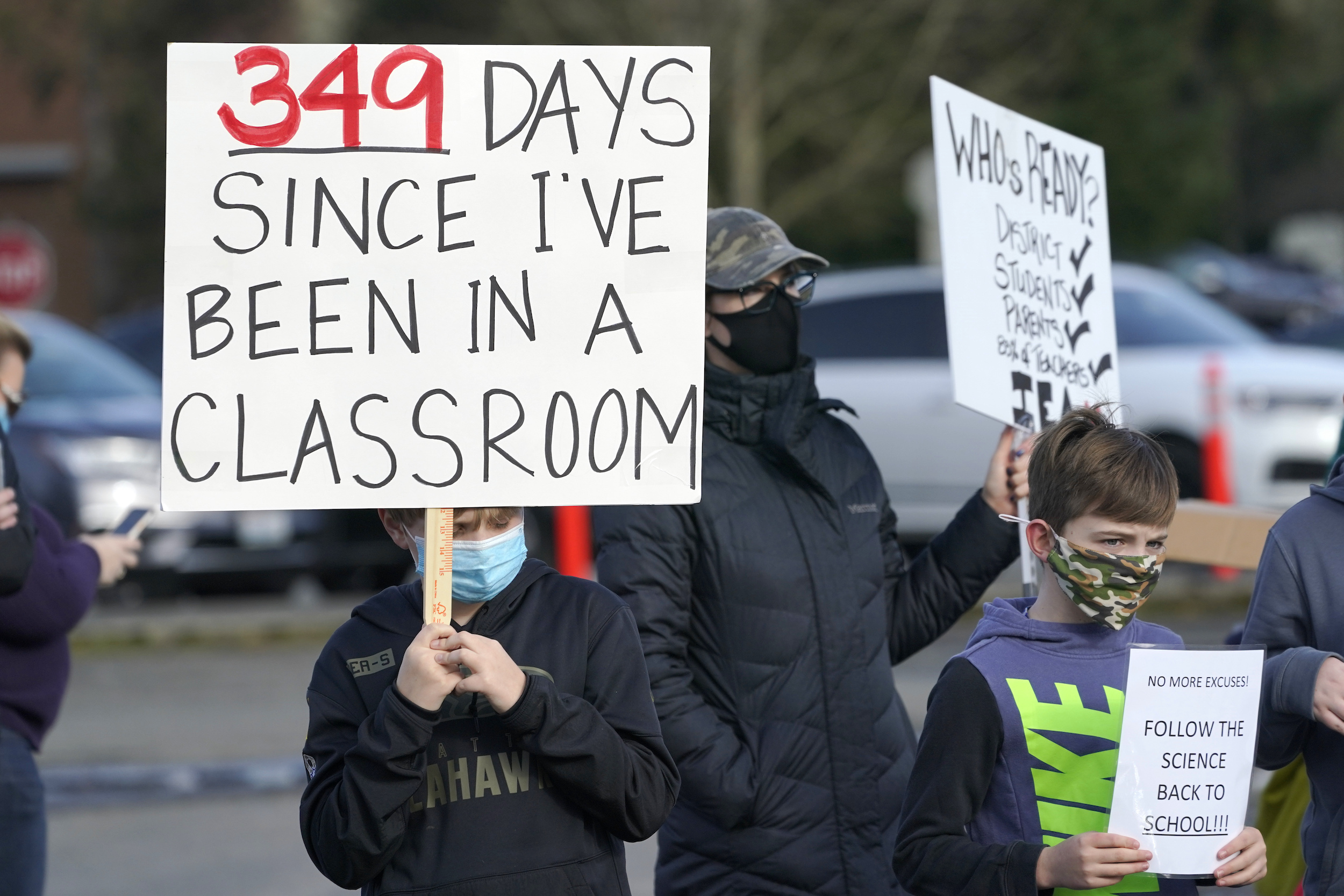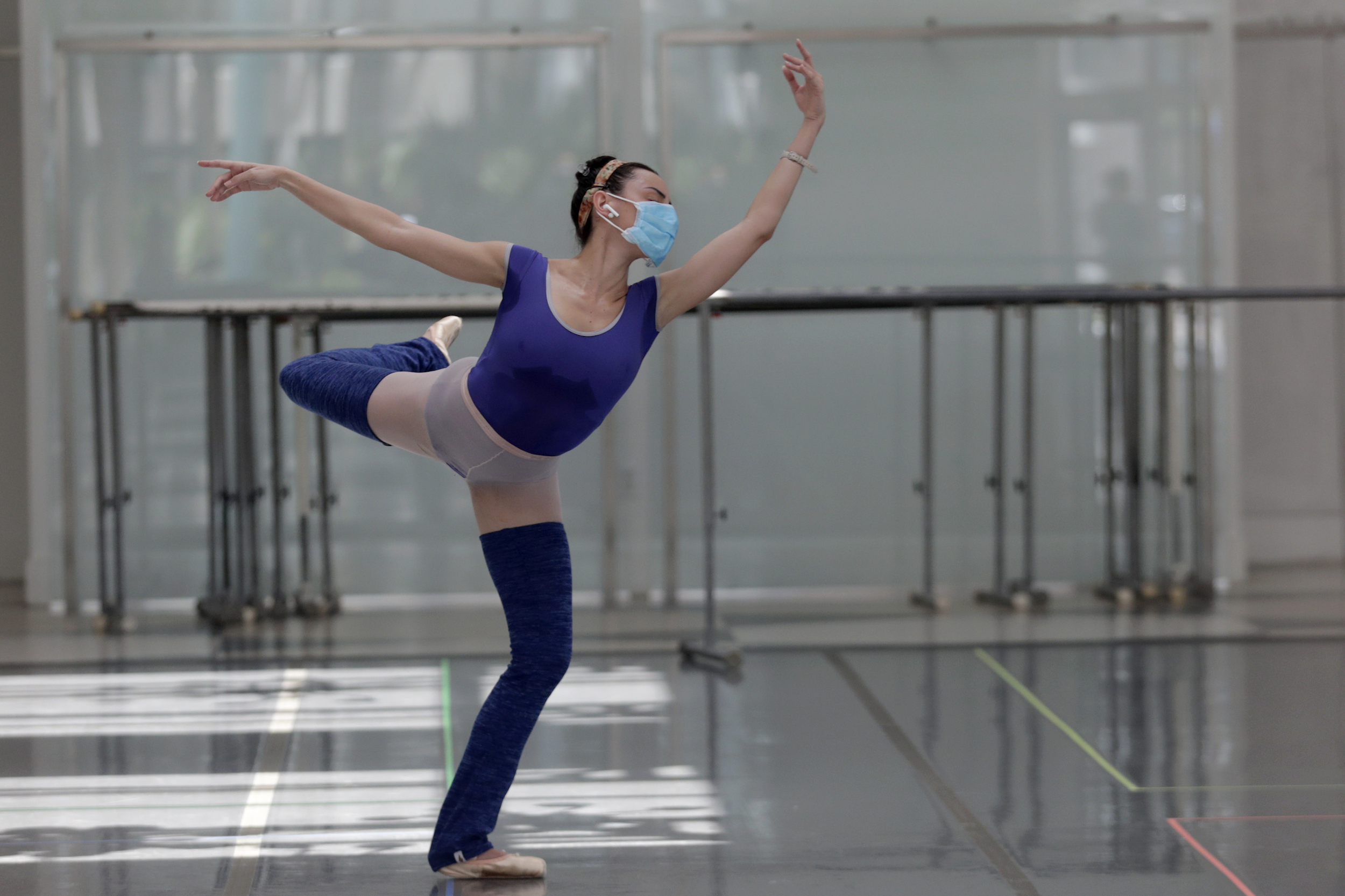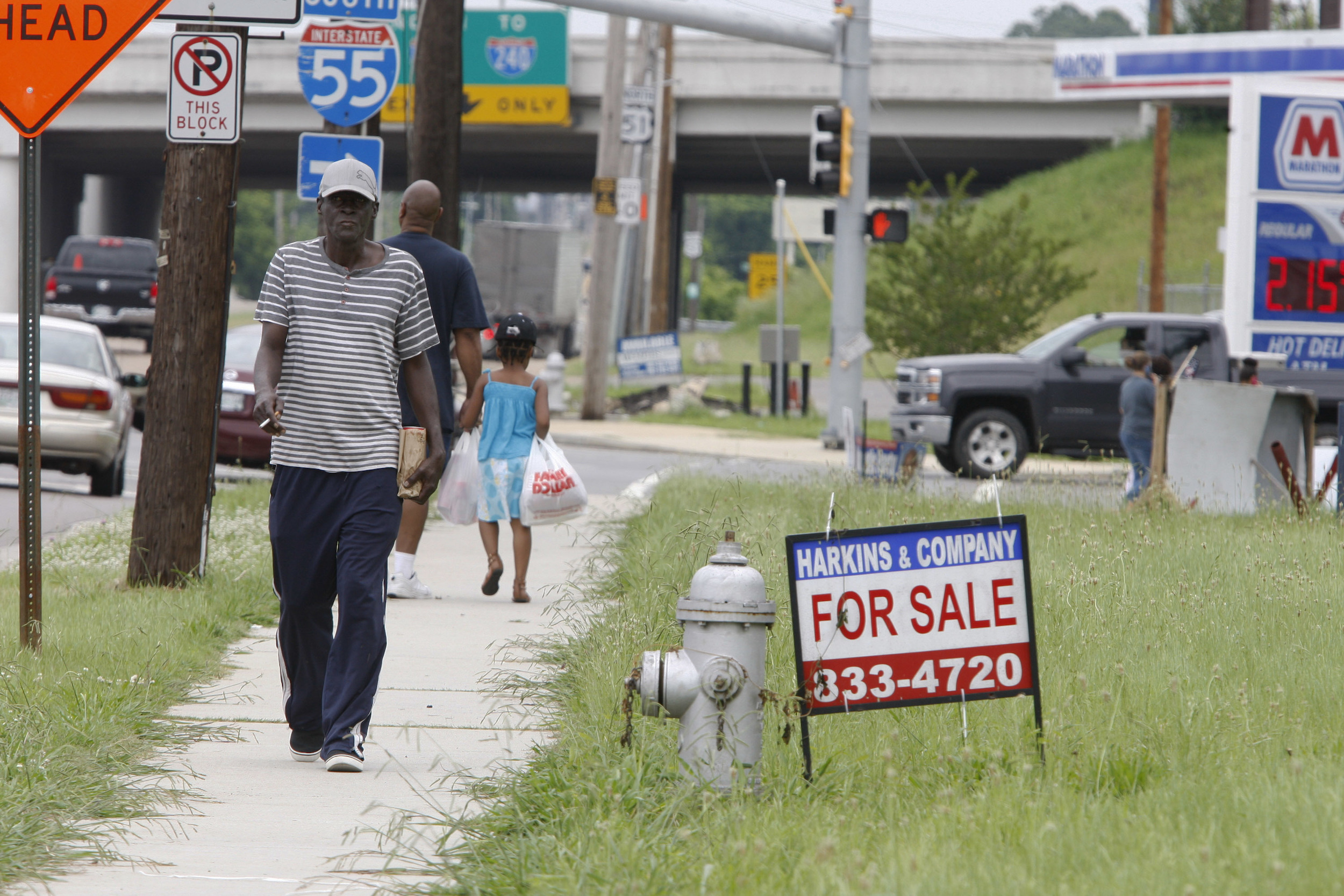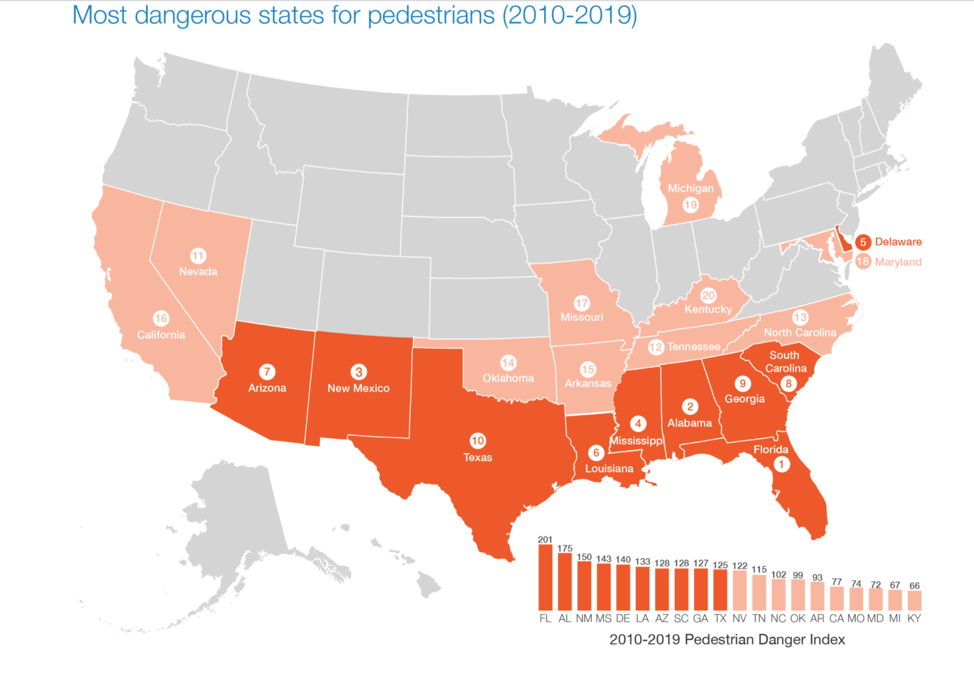 Covering COVID-19 is a daily Poynter briefing of story ideas about the coronavirus and other timely topics for journalists, written by senior faculty Al Tompkins. Sign up here to have it delivered to your inbox every weekday morning.
Covering COVID-19 is a daily Poynter briefing of story ideas about the coronavirus and other timely topics for journalists, written by senior faculty Al Tompkins. Sign up here to have it delivered to your inbox every weekday morning.
For many Americans, the biggest news of the day is not that the House passed the stimulus bill, it’s that the Centers for Medicare and Medicaid Services relaxed guidelines for nursing home visits for the first time in a year.
The guidelines were not nearly as cautious as the Centers for Disease Control and Prevention’s new guidelines for fully vaccinated people. This time, the government says that if you can, make the nursing home visitations outdoor events. When outdoor gatherings are not possible, nursing homes should permit indoor visits “at all times and for all residents,” regardless of whether people have been vaccinated, except for a few circumstances.
“CMS recognizes the psychological, emotional and physical toll that prolonged isolation and separation from family have taken on nursing home residents, and their families,” said Dr. Lee Fleisher, MD, CMS Chief Medical Officer and Director of CMS’ Center for Clinical Standards and Quality.
“That is why, now that millions of vaccines have been administered to nursing home residents and staff, and the number of COVID cases in nursing homes has dropped significantly, CMS is updating its visitation guidance to bring more families together safely. This is an important step that we are taking, as we continue to emphasize the importance of maintaining infection prevention practices, given the continued risk of transmission of COVID-19.”
The guidance also says that a fully vaccinated person living in a nursing home “can choose to have close contact (including touch) with their visitor while wearing a well-fitting face mask and performing hand-hygiene before and after.”
Facilities should allow responsible indoor visitation at all times and for all residents, regardless of vaccination status of the resident, or visitor, unless certain scenarios arise that would limit visitation for:
- Unvaccinated residents, if the COVID-19 county positivity rate is greater than 10 percent and less than 70 percent of residents in the facility are fully vaccinated;
- Residents with confirmed COVID-19 infection, whether vaccinated or unvaccinated, until they have met the criteria to discontinue transmission-based precautions; or
- Residents in quarantine, whether vaccinated or unvaccinated, until they have met criteria for release from quarantine.
The updated guidance also emphasizes that “compassionate care” visits should be allowed at all times, regardless of a resident’s vaccination status, the county’s COVID-19 positivity rate or an outbreak. Compassionate care visits include visits for a resident whose health has sharply declined or is experiencing a significant change in circumstances.
This significant shift toward reopening nursing homes to visitations is a testament to the benefits of the widespread vaccinations that led to an 82% decline in COVID-19 cases in American nursing homes in the last two months.
Why do women have more severe vaccine reactions?
Because of a difference in hormones and genetics, men and women have different reactions to vaccines. That is not new. But where the COVID-19 vaccine is concerned, women are way more likely to report side effects from the shots. In fact, about 79% of the reports of side effects come from women, who represent about 61% of people who have been vaccinated.
CDC researchers published data on this subject recently. While most of the reactions have been mild, there have been some reports of more severe reactions. The CDC reports that all 19 of the individuals who have experienced severe reactions to the Moderna vaccine were women and 44 of the 47 reported severe reactions to the Pfizer vaccine were women.
The New York Times puts all of this into context:
In a 2013 study, scientists with the C.D.C. and other institutions found that four times as many women as men between the ages of 20 and 59 reported allergic reactions after receiving the 2009 pandemic flu vaccine, even though more men than women got those shots. Another study found that between 1990 and 2016, women accounted for 80 percent of all adult anaphylactic reactions to vaccines.
In general, women “have more reactions to a variety of vaccines,” said Julianne Gee, a medical officer in the C.D.C.’s Immunization Safety Office. That includes influenza vaccines given to adults, as well as some given in infancy, such as the hepatitis B and measles, mumps and rubella (M.M.R.) vaccines.
The news isn’t all bad for women, though. Side effects are usually mild and short-lived. And these physical reactions are a sign that a vaccine is working — that “you are mounting a very robust immune response, and you will likely be protected as a result,” Sabra Klein, a microbiologist and immunologist at the Johns Hopkins Bloomberg School of Public Health said.
The lost year for teenagers

Students hold signs as they take part in a rally to encourage wider opening of in-person learning in the Issaquah School District, Wednesday, Feb. 24, 2021, in Issaquah, Wash., east of Seattle. (AP Photo/Ted S. Warren)
ProPublica zeros in on the price that teens have paid during this pandemic. The focus of the story is Hobbs, New Mexico, which is on the border with Texas. If the kids in Hobbs had lived just a few miles further east, they would have been able to play football and go to school in person. But the story points out the stark difference between states during the pandemic.
This paragraph distills the story:
The coronavirus pandemic has been not only a health catastrophe, but an epic failure of national government. The result of the abdication of federal leadership in 2020 was an atomization of decision-making that affected the lives and well-being of millions of people.
The consequences are far-reaching:
Doctors are concerned about possible increases in childhood obesity — no surprise with many kids housebound in stress-filled homes — while addiction experts are warning of the long-term effects of endless hours of screen time when both schoolwork and downtime stimulation are delivered digitally. (Perhaps the only indicator of youth distress that is falling — reports of child abuse and neglect, which dropped about 40% early in the pandemic — is nonetheless worrisome because experts suspect it is the reporting that is declining, not the frequency of the abuse.)
Finally, the nationwide surge in gun violence since the start of the pandemic has included, in many cities, a sharp rise in crimes involving juveniles, including many killed or arrested during what would normally be school time. In Prince George’s County, Maryland, a Washington, D.C., suburb where school buildings have remained closed, seven teenagers were charged with murder in just the first five weeks of this year.
Fine arts performers have lost a year, too

Nathalia Arja, a dancer with the Miami City Ballet, wears a protective face covering while training during the coronavirus pandemic, Friday, Aug. 7, 2020, in Miami Beach, Fla. (AP Photo/Lynne Sladky)
Sort of like athletes who know they only have a limited number of years on the field, ballet performers know there is likely a limit on their years on stage. So when they lose a year, as they have already, it is costly in so many ways. This untold story is out there waiting for you.
Did you really need to fly so much?
This essay strikes home for those of us who, a year ago, were jumping on and off planes for seemingly good reasons. Maybe we didn’t and don’t have to be there after all. Are we discovering that virtual meetings are good enough for most situations?
The ‘she-cession,’ where women don’t go back to work, isn’t happening
We all saw the predictions last summer that women might not return to the workplace if they quit their jobs to care for children at home during the pandemic. You can chalk that prediction up as wrong. New Census data shows women are returning to the workforce at about the same rate as men. Neither men nor women are back to work at pre-pandemic levels, and just because women are back at work does not mean they have escaped the pandemic pressures. On the contrary, they now are balancing family and work. See a New York Times story that works through the data.
How unfair property taxes keep Black families from gaining wealth
Bloomberg has a noteworthy investigation into unfair property tax valuations. The story estimates that there are about $500 billion in flawed property tax assessments spread across America that tax homes owned by Black Americans too high, while affluent suburbs that are mostly inhabited by white people have homes assessed too low.
The story says:
Local officials have overvalued the lowest-priced homes relative to the highest across the U.S., nationwide data show. From 2006 through 2016, inaccurate valuations gave the least expensive homes in St. Louis an effective tax rate almost four times higher than the most expensive. In Baltimore it was more than two times higher. In New York City it was three times higher.
These inequities are tucked deep inside America’s system for funding its local governments, tilting property taxes in favor of wealthy homeowners even before any exemptions or abatements. And they carry a jarring implication: The residential property tax, which raises more than $500 billion annually to pay for public schools, fire departments, and other local services, is, in effect, racist.
That conclusion carries far-reaching implications of its own — not only for municipalities’ day-to-day operations but also for roughly $331 billion in general-obligation bonds that cities, counties, and school districts have guaranteed with property tax revenue, according to data compiled by Bloomberg Businessweek.
The evidence of systematic unfairness is mounting. Since at least the 1970s, piecemeal studies from Chicago, Detroit, New Orleans, and New York have concluded that property tax systems favor those who are better off. A 2020 study from the University of Chicago brings unprecedented scope to the question, covering 2,600 U.S. counties. It found that more than 9 out of every 10 reflected the same pattern of unfairness. “It’s a textbook example of institutional racism,” says Christopher Berry, a professor at the university’s Harris School of Public Policy who led the research effort.
As you investigate this story, you will find there are two critical elements that determine property values. One is the tax rate, a rate that everybody pays. The other is the assessed value of the property, which is what somebody says your place is worth partly based on what other similar properties have sold for. For certain, when assessors use price “averaging,” it means that the highest price homes will be undervalued and lower-priced homes will be overvalued. That is what averaging does; squeezes extremes closer to the middle.
One story I have always meant to do is attend the hearings where people dispute their property tax assessments. I wonder how many people can argue their rates lower and what they would have to show to win.
What went wrong: NPR’s analysis of police handcuffing, pepper-spraying 9-year-old girl
Before you click into this, know that this story involves a child who is Black being manhandled by white police officers, most of whom are men.
NPR shows us how to use expert advice, coupled with police camera video, to understand how a domestic call turned into a shameful, abusive moment for police. For journalists, the work is a teachable moment about how not just to show sensational video, but how to turn it into a learning moment that has a high potential to change police tactics.
This is also a strong example of how to responsibly use disturbing images and sound. I usually teach that when you use such video and sound, you are entering into a sort of contract with the public that you won’t use it as clickbait and instead will invest the time and effort to make the good that can come from it worthy of the harm that will also come from showing it. I have seen shorter clips of this video before, but I didn’t truly understand how the situation unfolded until I watched this piece.
‘Dangerous’ cities for pedestrians

A man walks down a sidewalk on Elvis Presley Boulevard in Memphis, Tenn., the third-most dangerous city for pedestrians in America. (AP Photo/Karen Pulfer Focht)
Smart Growth America and the National Complete Streets Coalition compile an annual list of pedestrian deaths as a way to hold cities accountable for building safer streets. The group comes up with what they call the “Pedestrian Danger Index,” which it says “accounts for differences in population and walking rates.”
The “top 20 most dangerous” on their list include nine Florida cities, but California and Texas also make the list:

(Smart Growth America)
The group says there are lots of reasons roads may be dangerous. Crosswalks may be poorly marked. There may be long stretches between stoplights, which encourages drivers to go faster between crosswalks.
The Smart Growth study also says that Black Americans and senior citizens die in numbers disproportionate to their populations. The researchers say seniors are more likely to have vision or hearing problems that might make them more vulnerable to traffic. The study says:
Black people were struck and killed by drivers at an 82 percent higher rate than White, non-Hispanic Americans. For American Indian and Alaska Native people, that disparity climbs to 221 percent.
People walking in lower-income neighborhoods are also killed far more often. The lower a metro area’s median household income, the more dangerous its streets are likely to be for people walking.
The fatality rate in the lowest income neighborhoods was nearly twice that of middle-income census tracts (in median household income) and almost three times that of higher-come neighborhoods. This is unsurprising, given that low-income communities are significantly less likely than higher-income communities to have sidewalks, marked crosswalks, and street design to support safer, slower speeds.
Protecting the safety of all people who use the street, especially those most vulnerable to being struck and killed, needs to be a higher priority for policymakers, and this priority must be reflected in the decisions we make about how to fund, design, operate, maintain, and measure the success of our roads.
We’ll be back tomorrow with a new edition of Covering COVID-19. Are you subscribed? Sign up here to get it delivered right to your inbox.








